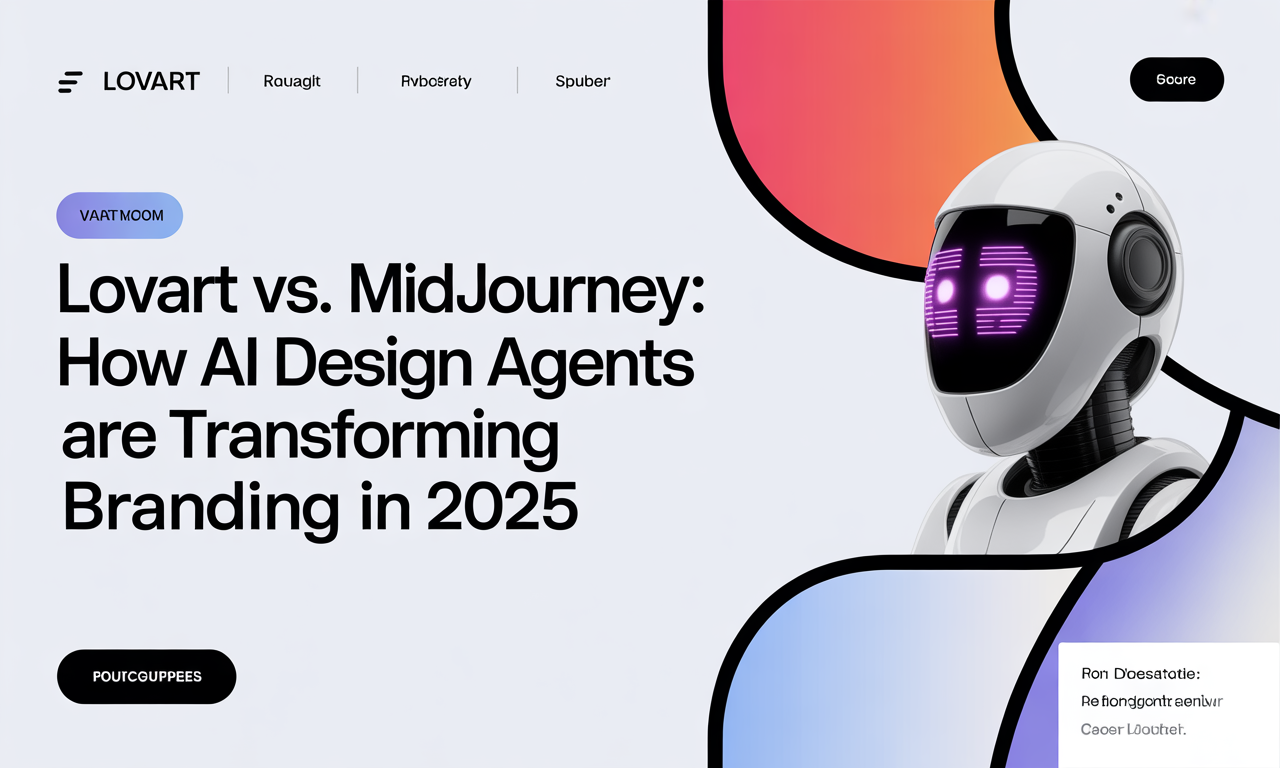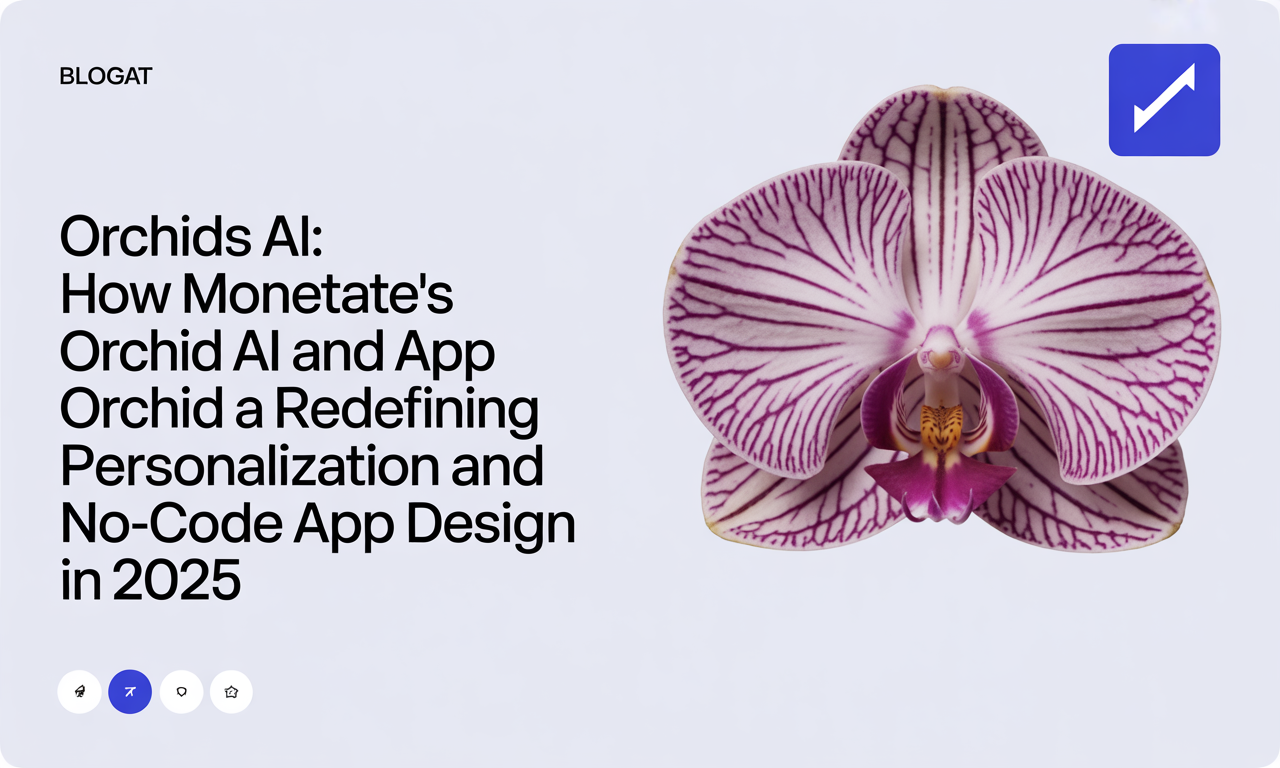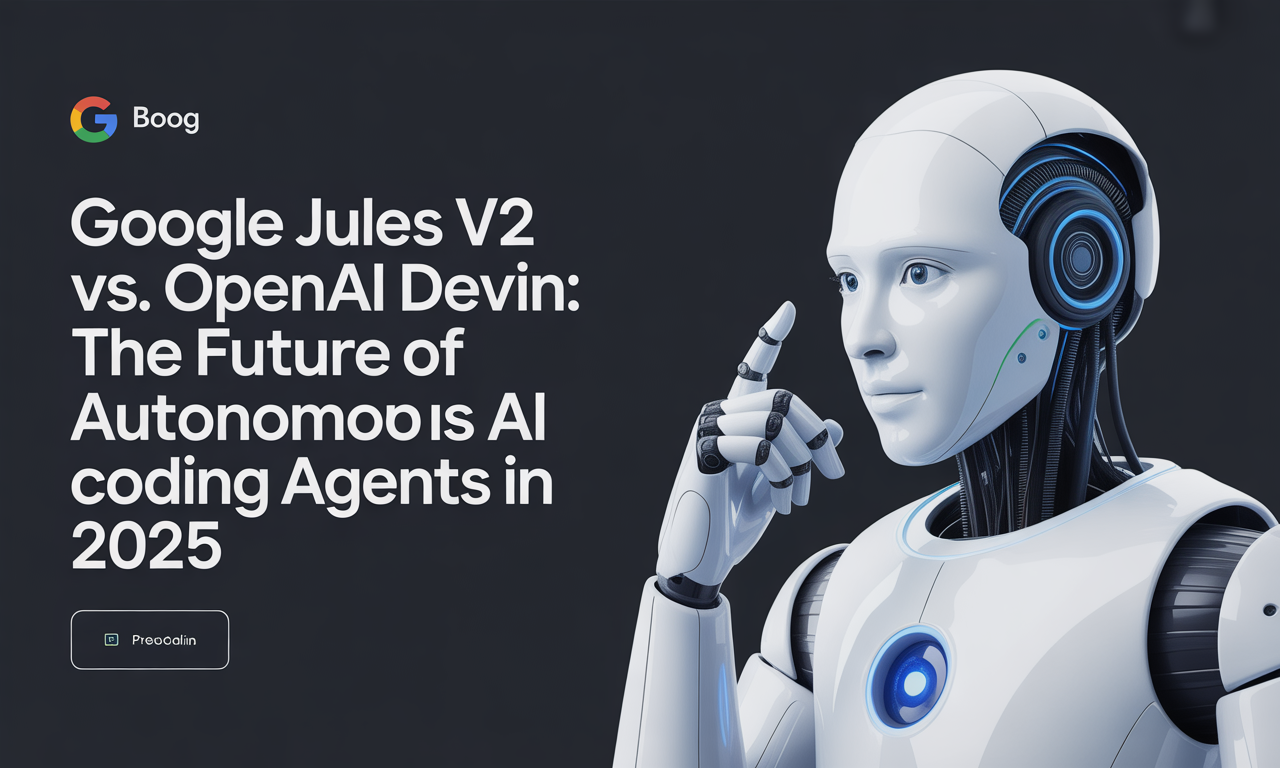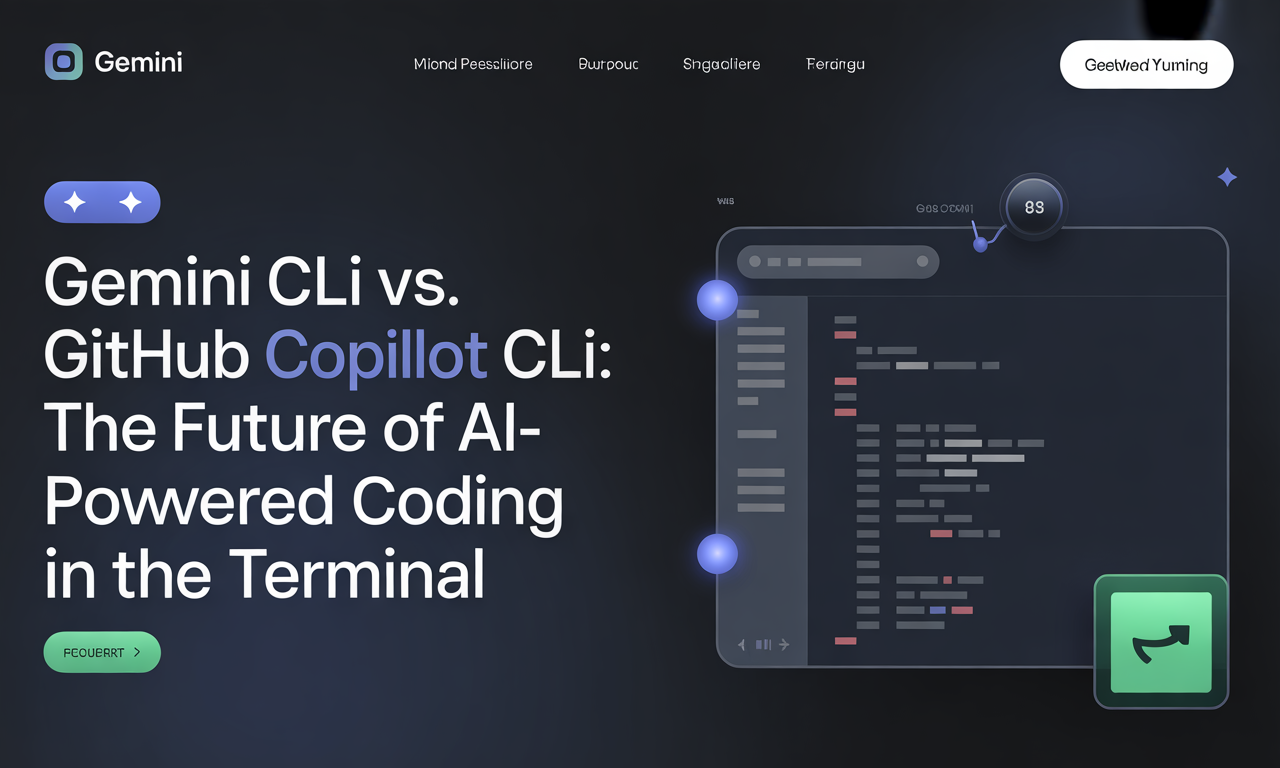Lovart vs. Midjourney: How AI Design Agents Are Transforming Branding in 2025
In 2025, the branding landscape is undergoing a remarkable transformation powered by innovative AI design agents. Among the most influential players reshaping how brands are created and managed are Lovart and Midjourney. While both leverage cutting-edge technology to streamline creative processes, they serve distinct roles and cater to different needs within the branding ecosystem. This comprehensive comparison explores how these platforms are redefining branding workflows, empowering teams, and driving efficiency in the modern age.
Understanding the Roles: Lovart and Midjourney in 2025 Branding
Lovart: The All-in-One AI Branding Powerhouse
Lovart emerges as a comprehensive end-to-end branding platform tailored for agencies, marketers, and in-house teams. Its strength lies in delivering editable, campaign-ready design assets that uphold brand consistency across every touchpoint.
Key features of Lovart include:
- Complete creative workflow: Create, edit, and finalize assets within a unified environment, eliminating the need for multiple software tools.
- AI-driven creative reasoning: Powered by the proprietary MCoT (Mind Chain of Thought) engine, Lovart interprets brand goals, business context, and audience insights to generate designs that rival those of top creative directors.
- Campaign-level output: Users can produce full branding campaigns that traditionally required six-figure budgets—now achievable in minutes and under $90 per month.
- Robust collaboration: Supports teamwork with version control and asset libraries, ensuring brand consistency and smooth project management.
- Global adoption: Over 800,000 users across 70 countries rely on Lovart as their go-to AI branding solution.
Lovart’s all-encompassing approach makes it ideal for professionals who need scalable, reusable, and brand-aligned assets that can be rapidly deployed across marketing channels.
Midjourney: The Artistic Inspiration Engine
Midjourney, by contrast, specializes in rapid, high-quality image generation, focusing on artistic exploration and visual ideation. It serves as a go-to tool for designers seeking bold, imaginative visuals to inspire creative direction.
What sets Midjourney apart:
- Diffusion-based image synthesis: Starts from random noise and refines images iteratively based on text prompts, producing unique, often surreal outputs.
- Visual brainstorming: Perfect for generating mood boards, concept art, and early-stage ideas with striking, unconventional imagery.
- Speed and creativity: Delivers rapid results that fuel artistic experimentation and exploration without constraints.
- Simple sharing: While collaboration features are minimal, users can easily share images for feedback or inspiration.
- Non-editable final images: Outputs are static images, not layered or editable assets, requiring manual adaptation for precise branding use.
Midjourney is a favorite among artists, designers, and hobbyists who prioritize creative freedom and novel visual ideas over structured campaign execution.
Comparing Lovart and Midjourney: Key Differences at a Glance
| Feature/Aspect | Lovart | Midjourney |
|---|---|---|
| Primary Use Case | End-to-end branding, campaign creation | Artistic image generation |
| Output | Editable, layered assets; campaign packages | Final images (non-editable) |
| AI Capabilities | Creative reasoning, context-aware design | Diffusion-based visual synthesis |
| Collaboration | Built-in teamwork, versioning, brand control | Solo or basic sharing |
| Brand Consistency | Strong, with asset libraries and templates | Limited, manual curation needed |
| Pricing | Subscription, under $90/month for full suite | Subscription, varies by plan |
| Target Users | Agencies, in-house teams, marketers, designers | Artists, designers, hobbyists |
How AI Design Agents Are Revolutionizing Branding in 2025
The rise of Lovart and Midjourney reflects a broader shift in how brands are built and managed today. Here’s how these AI design agents are transforming branding workflows:
1. From Assistant to Creative Director
No longer mere tools, AI platforms now function as creative directors—interpreting briefs, understanding market contexts, and generating cohesive campaigns. Lovart’s MCoT engine exemplifies this by delivering strategic, context-aware creative outputs that align with brand goals.
2. Speed and Scalability
Branding projects that once demanded weeks of work and exorbitant budgets can now be completed in minutes. This acceleration democratizes access to high-quality branding, enabling startups and small agencies to compete with industry giants.
3. Centralized Collaboration and Brand Consistency
AI platforms like Lovart centralize creative workflows, allowing teams to collaborate seamlessly in real-time. Version control and asset libraries ensure consistent messaging and visuals across campaigns, reducing errors and rework.
4. Trendsetting at Scale
AI agents are becoming trendsetters by rapidly iterating and testing new styles. This ability to experiment at scale helps brands stay ahead of visual trends and continuously refresh their identity.
5. Cost Efficiency
The drastic reduction in cost—from six-figure agency fees to affordable monthly subscriptions—reshapes branding economics. Businesses can now allocate budgets more strategically without compromising creative quality.
Practical Tips for Leveraging Lovart and Midjourney in Your Branding Strategy
To maximize the benefits of these AI design agents, consider the following actionable tips:
For Lovart Users
- Define your brand guidelines upfront: Input detailed brand attributes into Lovart’s platform to ensure generated assets reflect your identity accurately.
- Leverage collaboration features: Use version control and team comments to streamline feedback cycles and maintain consistency across projects.
- Experiment with campaign packages: Take advantage of Lovart’s ability to produce multi-channel campaigns and test different creative directions quickly.
- Invest in training: Ensure your team understands how to best harness Lovart’s AI reasoning engine to maximize strategic impact.
For Midjourney Users
- Use for early-stage ideation: Generate bold visuals to spark ideas before committing to detailed designs.
- Combine with editing tools: Since Midjourney outputs are static images, plan to refine and adapt them using graphic design software to fit your brand.
- Create mood boards: Build visual collections that communicate style and tone for client presentations or internal inspiration.
- Explore unconventional prompts: Push creative boundaries by experimenting with unexpected text inputs for fresh perspectives.
Important Considerations When Using AI Design Agents
While Lovart and Midjourney offer powerful advantages, keep these caveats in mind:
- Human oversight remains critical: Strategic thinking, storytelling, and final approvals still require expert human judgment.
- Creative limitations exist: AI-generated outputs may need editing or customization to align perfectly with brand standards.
- Stay updated: Both platforms evolve rapidly—regularly explore new features and improvements to stay ahead.
Conclusion: Harnessing AI Design Agents to Elevate Your Brand in 2025
Lovart and Midjourney represent two complementary pillars of the AI-driven branding revolution. Lovart’s end-to-end, campaign-ready platform empowers teams to deliver consistent, scalable branding assets with strategic depth. Meanwhile, Midjourney fuels artistic exploration and quick visual inspiration, sparking creativity and innovative thinking.
To thrive in 2025’s competitive branding landscape, consider integrating both tools into your creative workflow:
- Use Midjourney to unlock fresh visual ideas and mood board concepts.
- Turn to Lovart for production-ready, brand-aligned campaigns and collaborative asset management.
By blending Lovart’s strategic precision with Midjourney’s imaginative flair, your brand can achieve unprecedented speed, consistency, and creativity—all while optimizing costs and empowering your team.
Start exploring these AI design agents today to future-proof your branding strategy and stand out in an ever-evolving market.



